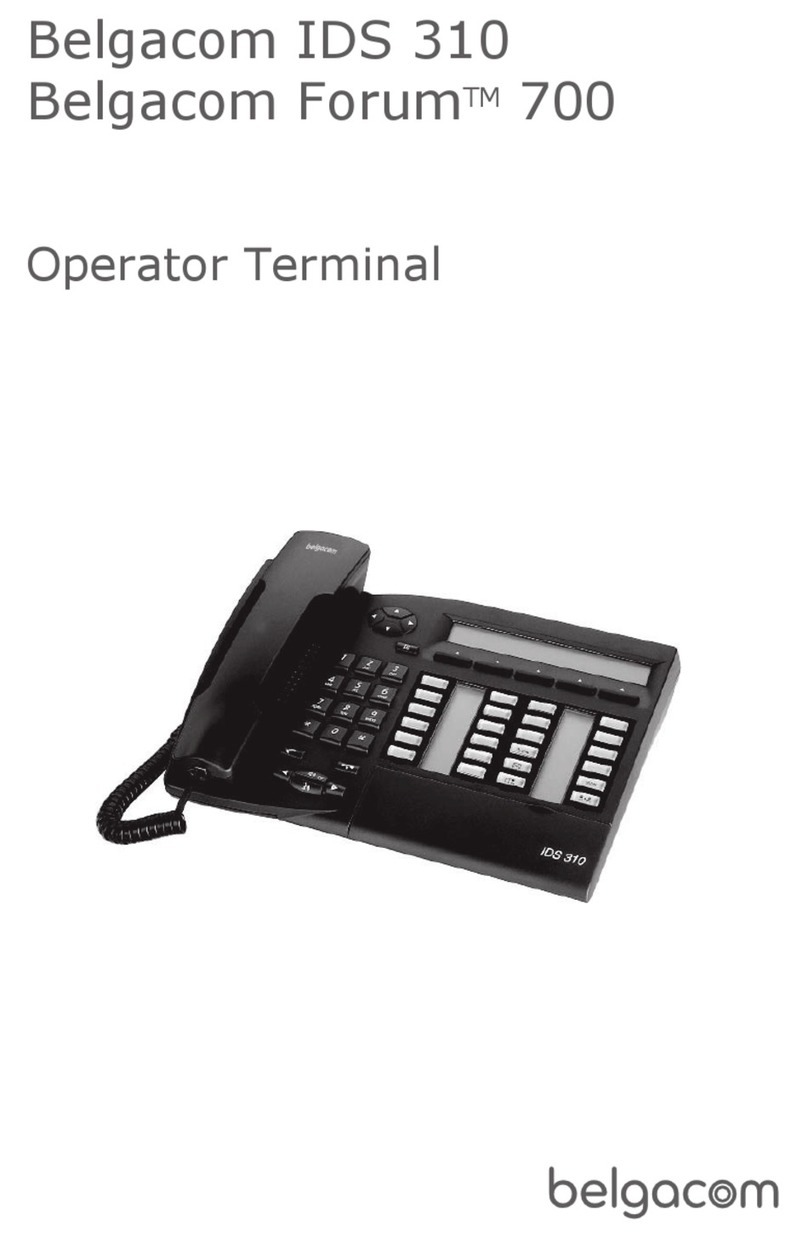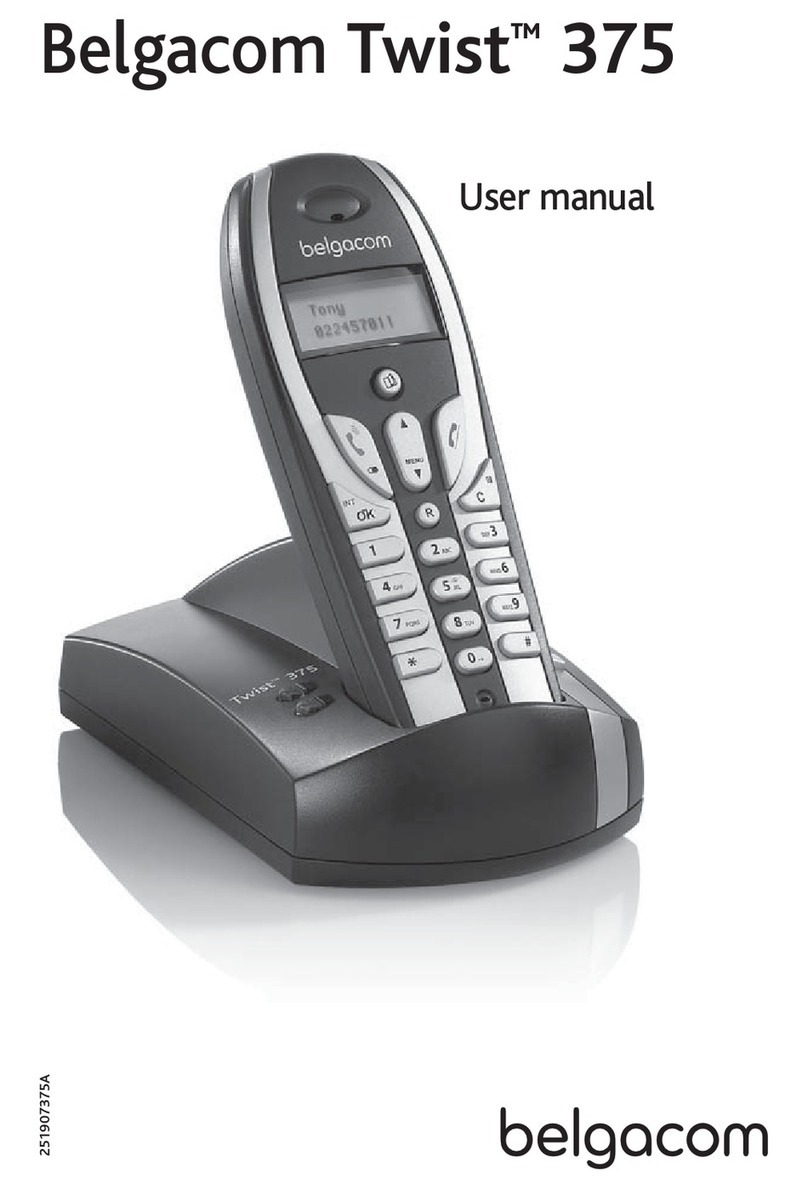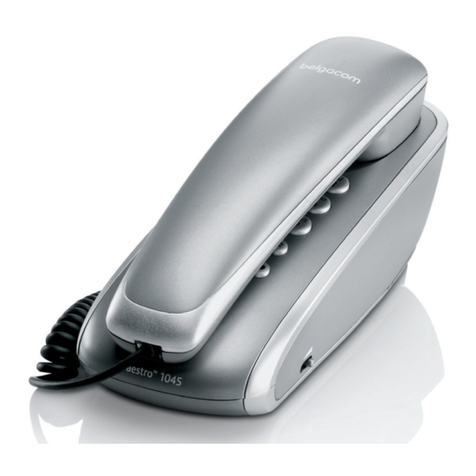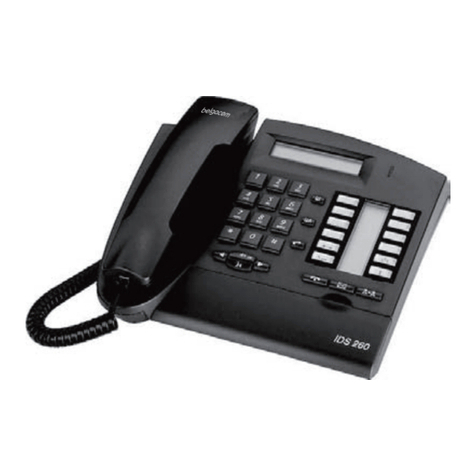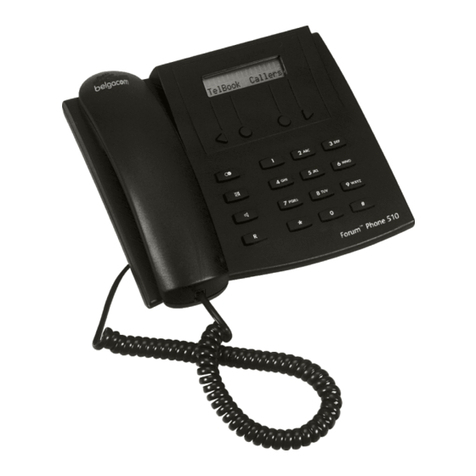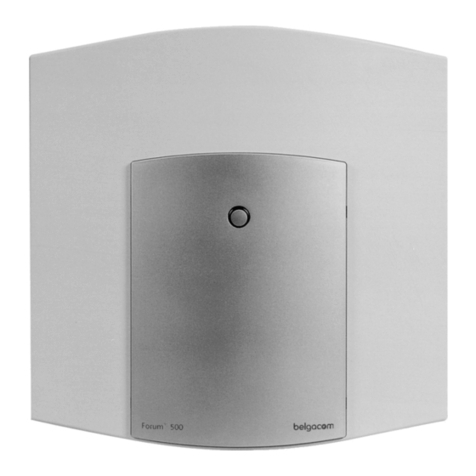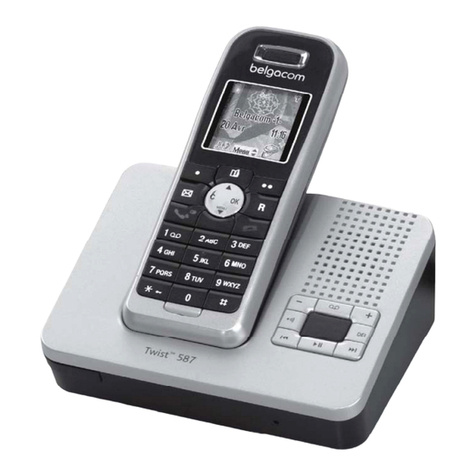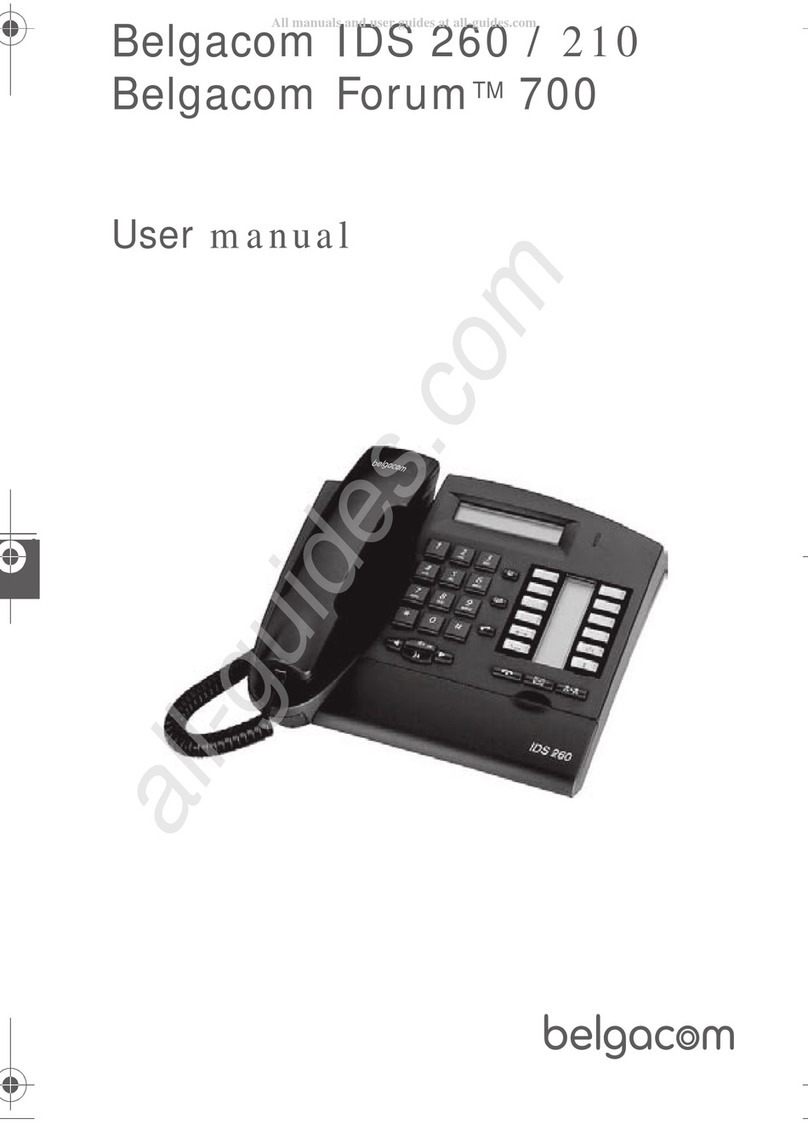1
Table of contents
Making telephone calls comfortable .............................................. 3
Safety information............................................................................ 4
Operation elements.......................................................................... 5
Keys and their functions ................................................................ 5
Slide switches for volume adjustments .......................................... 6
Symbols in the display ................................................................... 6
Special characters in the display ................................................... 7
Making telephone calls.................................................................... 8
Manual dialling ............................................................................... 8
Dialling with off-line call preparation............................................... 8
Dialling via speed dialling keys ...................................................... 9
Sending an emergency call.......................................................... 10
Manual interruption of an emergency call .................................... 12
On-Hook-Dialling.......................................................................... 12
Redialling ..................................................................................... 13
Automatic redialling...................................................................... 13
Abbreviated dialling...................................................................... 15
Call number chaining (call-by-call function) ................................. 15
Dialling the telephone number transmitted by
the last incoming call.................................................................... 16
Ringing signal volume .................................................................. 17
Handset volume "very loud"......................................................... 17
Handset volume "normal loud"..................................................... 18
Loudspeaker volume.................................................................... 19
Listening-in .................................................................................. 19
Hands-free operation ................................................................... 19
Switching between handset and hands-free operation ................ 20
Dialling via direct call ................................................................... 21























